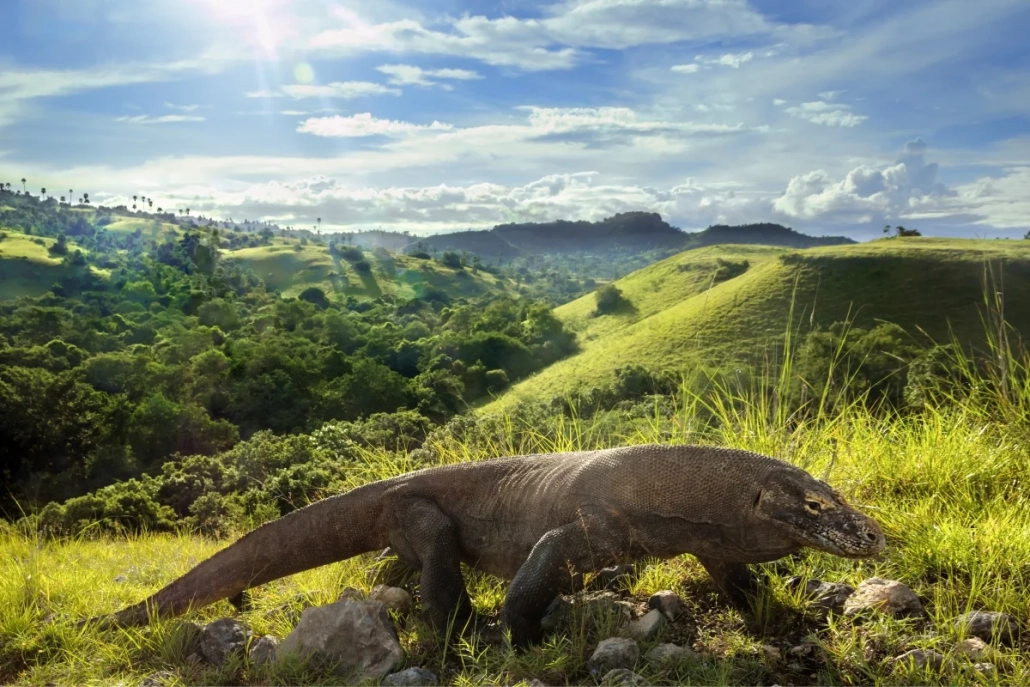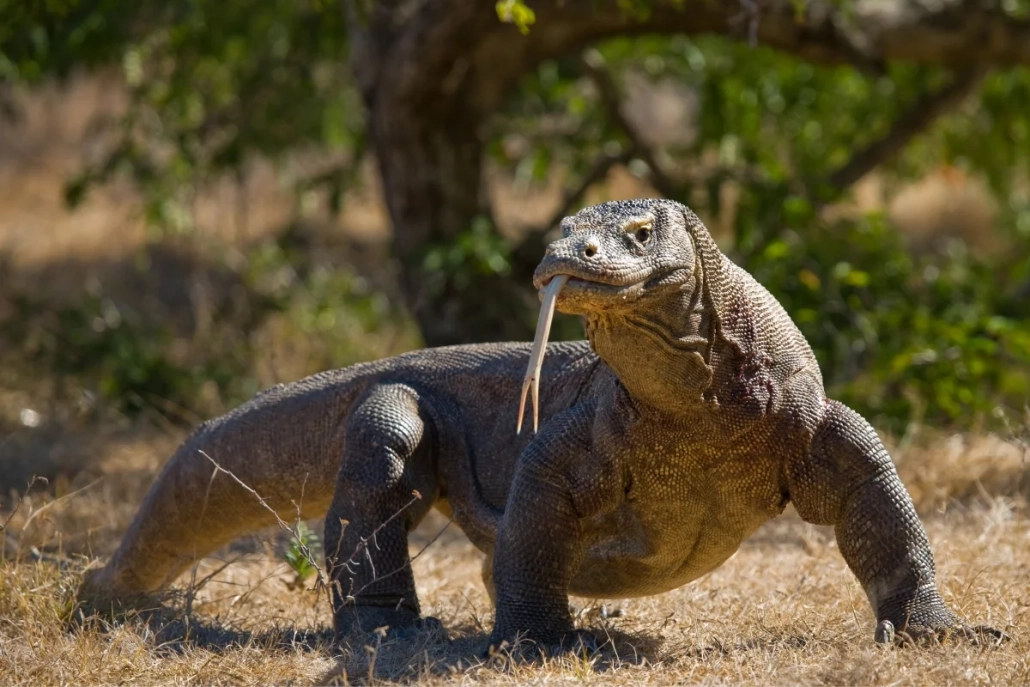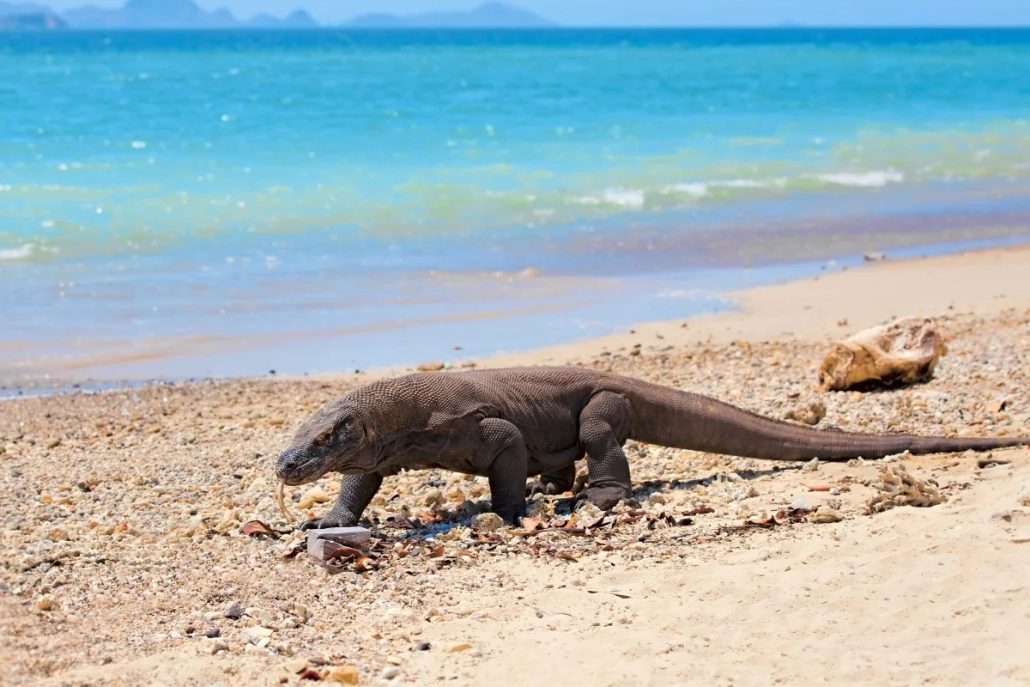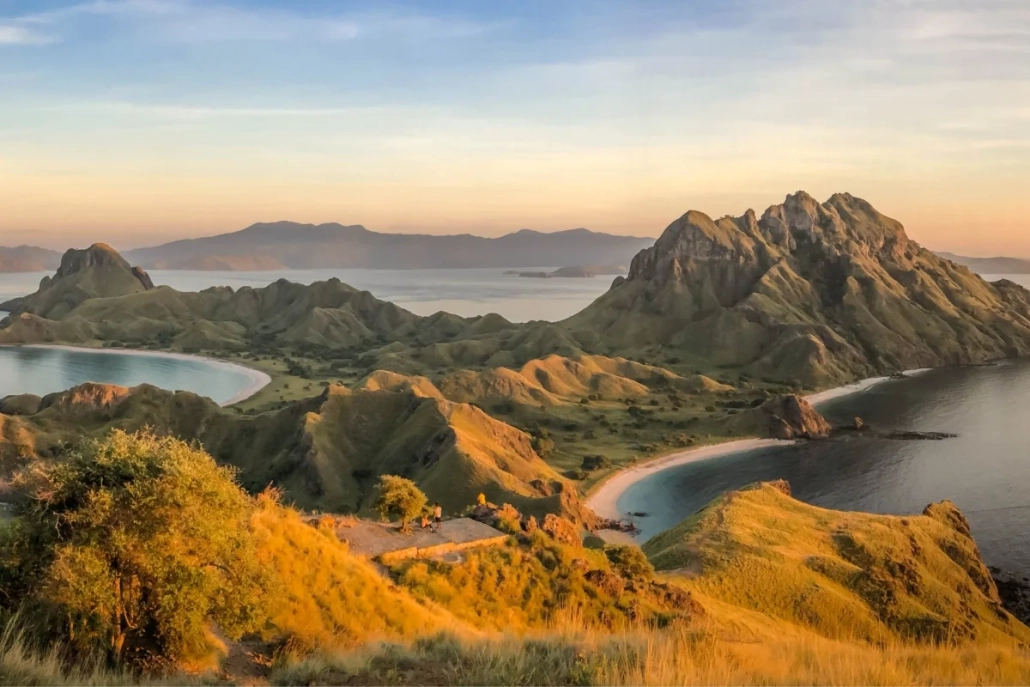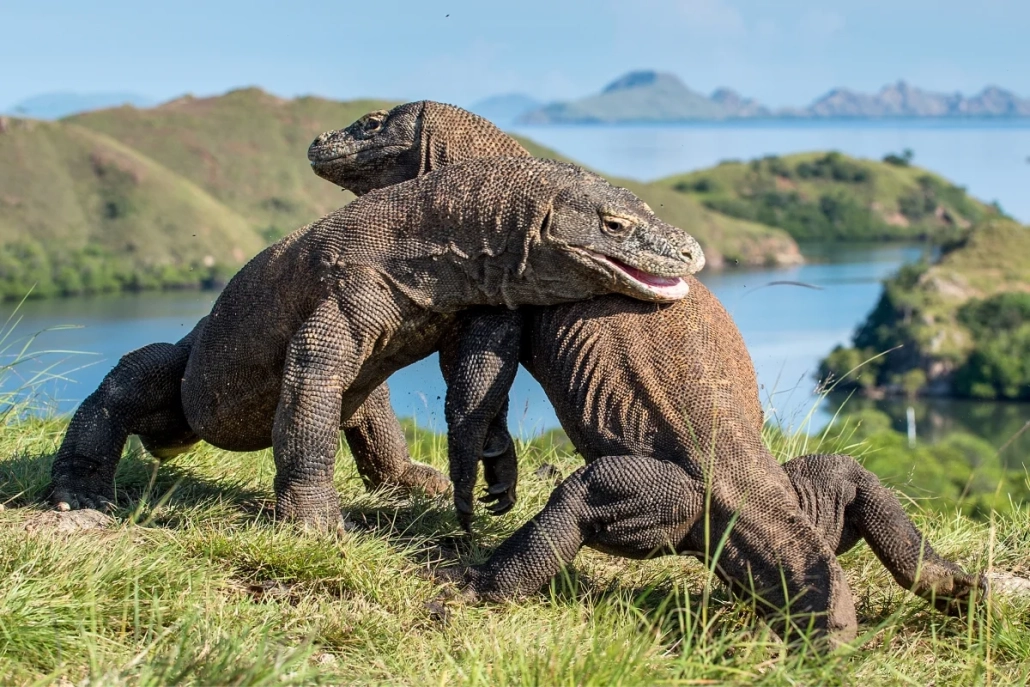Komodo Dragons – Fascinating Facts and Conservation Efforts
Komodo dragons, the world’s largest living lizards, are awe-inspiring creatures that have captured the imaginations of people worldwide. These remarkable reptiles, scientifically known as Varanus komodoensis, are not only impressive due to their enormous size but also because of their unique characteristics and intriguing behaviours.
Majestic Giants of the Reptile Kingdom
Komodo dragons are masterpieces of evolution, boasting several fascinating physical features
Gigantic Size
These reptiles can grow up to 3 meters in length and weigh over 150 pounds, making them the world’s largest lizard species.
Powerful Jaws
Komodos possess powerful jaws filled with serrated teeth designed for tearing through flesh. Their bite is laden with harmful bacteria, further enhancing their predatory prowess.
Forked Tongue
Much like snakes, the dragons use their forked tongues to sense chemical cues in the air, helping them locate prey from great distances.
Venomous Bite
Recent studies have shown that Komodo dragons are venomous, with their saliva containing toxins that can immobilize or kill their prey.
Apex Predators
The dragons are apex predators in their native range, with a diet consisting primarily of large mammals, birds, and carrion.
Hunting Techniques
They are known for their stealthy ambush tactics, often waiting for unsuspecting prey near watering holes or in dense vegetation.
Cannibalistic Tendencies
Komodo dragons are opportunistic feeders, and they have been observed cannibalizing their own kind. This behaviour helps regulate their population.
Natural Habitat
Komodo dragons are native to a handful of Indonesian islands, including Komodo, Rinca, Flores, and Gili Motang. These reptiles thrive in diverse environments, including savannas, forests, and coastal regions, reflecting their incredible adaptability.
The Importance of Conservation
Despite their awe-inspiring presence, they are classified as vulnerable to extinction. There are several critical reasons for their decline:
Habitat Loss
Deforestation and human encroachment threaten the Komodo dragon’s natural habitat.
Poaching
These magnificent creatures are often illegally captured for the pet trade or killed by locals who perceive them as threats.
Invasive Species
Invasive species, such as feral pigs and goats, compete with the dragons for resources and disrupt the ecosystem.
Efforts to conserve Komodo dragons include establishing protected areas and increasing awareness of their significance.
Visiting Komodo National Park
If you’re keen on experiencing the majesty of Komodo dragons firsthand, Komodo National Park in Indonesia is the place to go. It offers guided tours that allow you to observe these reptiles in their natural habitat, along with the opportunity to explore the park’s breathtaking landscapes and rich marine life.
Komodo dragons are living relics of the past, their existence a testament to the wonder of the natural world. Their immense size, unique biology, and intriguing behaviours make them a captivating subject for study and conservation. As we strive to protect these remarkable creatures and their habitats, we ensure that future generations can marvel at their awe-inspiring grandeur. Join the global effort to preserve these majestic giants of the reptile kingdom, and let the world know that their future is in safe hands.
For more information : info@pranabyatzaro.com

